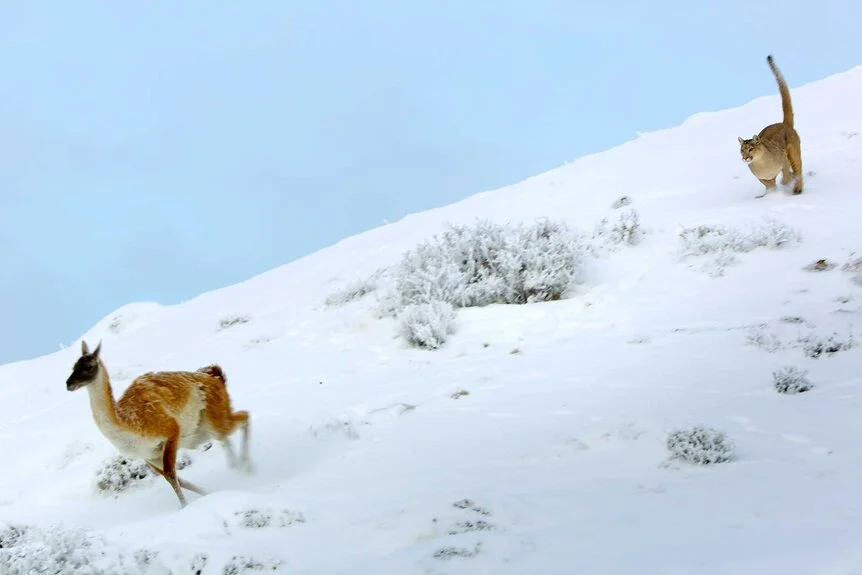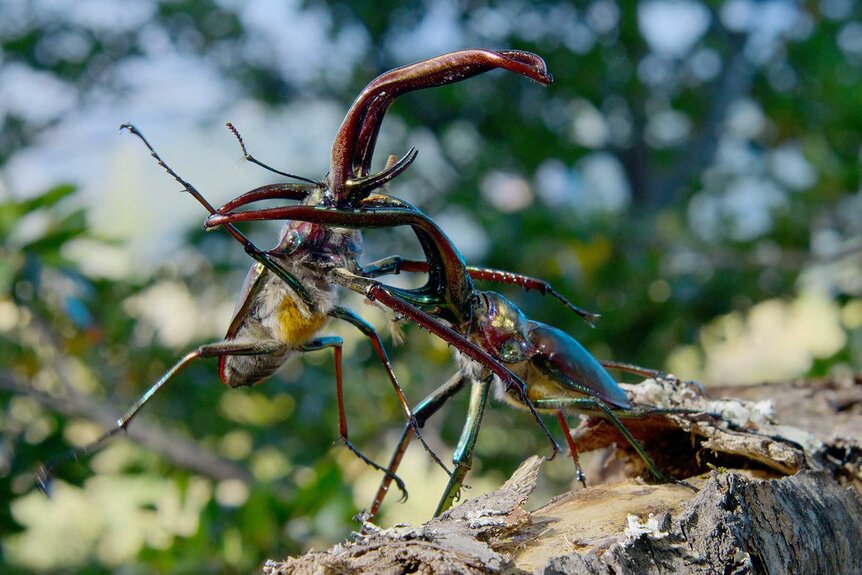
Everything to Know About Patagonia, One of the Coolest Places in The Americas | Travel News
The Americas span from the icy north of Canada and Alaska to the windswept tip of Chile. This vast stretch of land hosts more biodiversity than anywhere else on Earth. The 10-part documentary series The Americas uncovers the little-known natural stories of North, Central, and South America—offering a cinematic look at the most remarkable animals and ecosystems on the planet.
Viewers have already encountered snowshoe hares in the Arctic, giant Pacific octopuses in coastal waters, and the marbled four-eyed frog braving the high Andes. Now, the spotlight turns to Patagonia, South America's southernmost wilderness, where three oceans—the Southern, Pacific, and Atlantic—converge just 600 miles from Antarctica.
Predators of the Peaks: Pumas and Guanacos in the Andes
Stretching over 1,000 miles along South America, the Andes form the continent’s spine. With jagged peaks and unpredictable weather—from snow to scorching heat in a single day—the region challenges even its most powerful inhabitants.
In this rugged terrain, pumas dominate as apex predators. Adult females typically weigh around 110 pounds and grow up to 12 feet long, covered in tawny fur. These solitary hunters control vast territories of about 40 square miles and only come together for mating or rare shared meals.
Female pumas reach maturity between 18 months and 3 years, usually birthing 2–6 kittens every few years. The cubs, born blind and about a pound in weight, rely on their mother for the first months, gradually learning to hunt. At 8 months, weighing around 45 pounds, they start joining hunts—targeting their main prey: the guanaco.

These wild camelids, relatives of llamas and alpacas, stand about 3.5 feet tall and weigh up to 300 pounds. Native to the dry zones of Patagonia and parts of Chile, Argentina, and Peru, guanacos get most of their hydration from the plants they graze. While generally calm, they can sprint up to 35 mph when threatened—fast enough to escape all but the most determined puma.
When a hunt unfolds, it's a tense standoff. The puma must deliver a deadly neck bite, but a single guanaco kick can injure or kill a mother cat—leaving her cubs vulnerable.
Treetop Duels: Chilean Stag Beetles

Patagonia’s coastal forests are home to peculiar creatures like the Chilean stag beetle. With massive, antler-like jaws, males engage in fierce aerial combat to win the favor of a female perched high in the treetops.
Attracted by her scent, a male begins his mission—not by flying to her, but by climbing a towering 100-foot tree, the insect equivalent of scaling a skyscraper. Along the way, he must fight other males, flipping them off branches using his formidable jaws. Victory in these skirmishes is essential for the chance to mate.
After a long, exhausting ascent and several battles, the beetle finally reaches the female. Their union is brief, and she soon descends to the forest floor to lay her eggs. Meanwhile, the victorious male, with one last toss of a rival, ends his day as dramatically as he began.
Coastal Clash: Orcas and Elephant Seals
Patagonia's volatile climate, driven by southern pressure systems, produces violent dust storms that feed the ocean with nutrient-rich sediment. These nutrients support rich marine ecosystems, sustaining everything from plankton to elephant seals.
Male elephant seals, weighing as much as pickup trucks, gather by the tens of thousands along Peninsula Valdez to breed. Only the strongest earn the right to mate, defending harems through roaring challenges and brutal fights. These confrontations see males rearing up 10 feet tall, slamming their massive bodies and biting fiercely—but rarely fatally.

Yet their dominance on land doesn’t guarantee safety. A rare group of 16 orcas has developed an extraordinary hunting technique—lunging onto beaches to snatch young seals from dry ground. These killer whales time their attacks precisely, even swimming sideways to hide their dorsal fins before launching onto shorelines, risking stranding for the promise of a meal.
This daring hunting method and close-knit group behavior can only be found along the Patagonian coast—a singular example of adaptation in nature's great drama.
